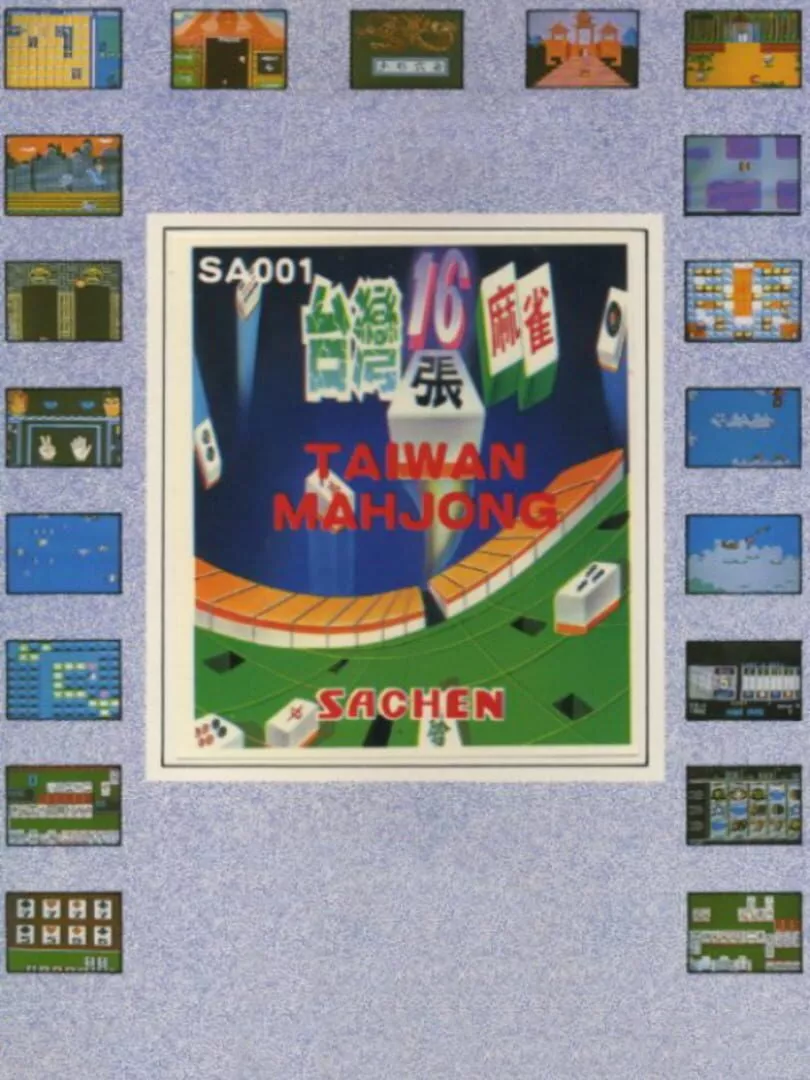
Taiwan Mahjong, also known as Taiwanese Mahjong or MahjongE, is a variant of the classic Chinese game of Mahjong. It is widely played in Taiwan and other countries in East Asia. Renowned for its complexity and strategic gameplay, Taiwan Mahjong has been enjoyed by people of all ages for generations.
Originating in China during the Qing Dynasty, Mahjong eventually made its way to Taiwan in the early 20th century. It quickly gained popularity and underwent some modifications to suit the preferences of the Taiwanese people. The Taiwanese version of Mahjong has its own unique set of rules, making it distinct from other variants.
In Taiwan Mahjong, the game is played with a set of 144 tiles, divided into three categories: suits, honors, and flowers. The suits are comprised of dots, bamboo, and characters, while the honors consist of wind tiles (East, South, West, and North) and dragon tiles (red, green, and white). The flower tiles are optional and not commonly used in all game variations.
The objective of Taiwan Mahjong is to create a winning hand by collecting sets of tiles. A winning hand typically consists of four sets of three tiles and a pair, known as a "meld." There are various ways to form melds: Pong (three identical tiles), Kong (four identical tiles), Chow (three consecutive tiles of the same suit), or a combination of them.
One of the key elements that sets Taiwan Mahjong apart is the emphasis on scoring. Each tile has a specific value, and players accumulate points throughout the game. The scoring system in Taiwan Mahjong can be quite intricate, with different sets of rules determining the value of each tile and the possibilities for winning combinations.
To begin a game of Taiwan Mahjong, players take turns drawing and discarding tiles from a wall placed in the center of the table. The wall is initially built by arranging the tiles facedown in a rectangular shape. Each player receives thirteen tiles, and the game progresses by drawing and discarding tiles until a player completes a winning hand.
Strategy plays a crucial role in Taiwan Mahjong, as players must carefully consider their tile choices and anticipate their opponents' moves. Keeping track of discarded tiles is essential, as it helps players deduce which tiles are more likely to complete their winning hand. It requires a combination of mathematical calculation, memory, and the ability to read other players' intentions.
In addition to strategy, luck also plays a significant factor in Taiwan Mahjong. As the game progresses, players rely on their tile draws and the timing of certain events, such as the appearance of flower tiles or specific wind tiles. Skillful players are adept at maximizing their opportunities while minimizing potential risks.
Taiwan Mahjong is not only a game of skill, but it also brings people together. Friends and family often gather around a Mahjong table to enjoy each other's company and engage in friendly competition. The social aspect of the game adds to its enduring popularity, as it provides an opportunity for bonding and creating lasting memories.
Over the years, Taiwan Mahjong has evolved to suit modern times. Online platforms and mobile applications have made it possible for players to enjoy the game remotely, connecting with friends and strangers from all over the world. Virtual Mahjong communities have formed, allowing enthusiasts to learn, practice, and compete with players of different skill levels.
In conclusion, Taiwan Mahjong, also known as Taiwanese Mahjong or MahjongE, is a beloved game that has stood the test of time. With its intricate rules, strategic gameplay, and social nature, it continues to captivate players of all ages. Whether played in homes, clubs, or online platforms, Taiwan Mahjong remains a cherished tradition in East Asia and beyond.